Today I will introduce “OSECHI” secondary to yesterday.
I will explain the dishes inside the “JYU-BAKO” again. There are meanings in the each dishes.
I will explain the mainly dishes meanings. Please look at the photos.
1) Photo 1: “Chikuzen-ni” (a chicken stew with taro, carrot, lotus root and “shiitake” mushroom, etc.)
The root crops such as taro, carrots, and lotus root, sets up the root in soil and are brought up. From the state, it is said that it has the meaning of pray for descendant prosperity and long happiness. In addition, there is the meaning that we can foresee the future as for the lotus root’s hole is vacant.
2) Photo 2: “Kouhaku-namasu” (vinegared food of the white radish and the carrot)
It is said that it models “Mizu-hiki” (paper ribbon), and the meaning in hope of peace includes. “Kouhaku” (red-and-white color) is lucky in Japan.
3) Photo 3: “Satoimo” (Taro) with freeze dry “Tofu”
It features the taro that many small taros grow mainly on the parent-taro in soil.
It is put in “OSECHI” with the meaning of the descendant’s prosperity.
This time’s dish introduction is up to here.
More various dishes are filled the “OSECHI” with our wishes.
I want to introduce other dishes again at another opportunity.
For celebrating the New Year in Japan, special thoughts are put in.
If there is your opportunity, please experience New Year holidays in Japan!
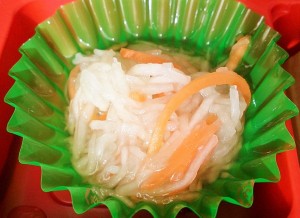
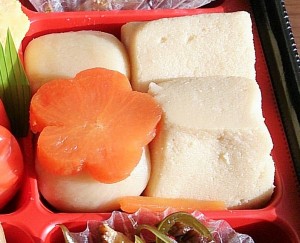
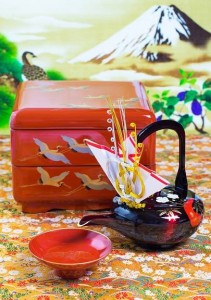
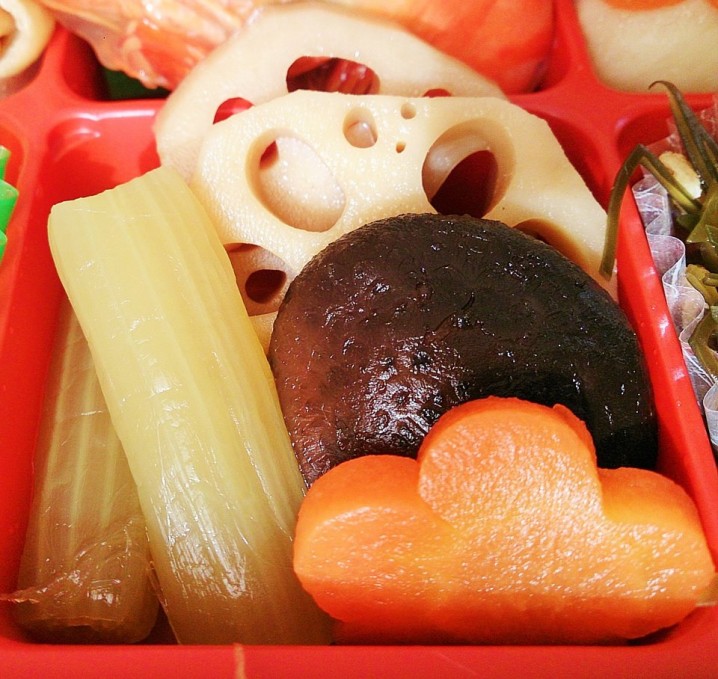

![[Studying Japanese: How to shopping in Japanese]](http://re-discoveryjapan.net/wordpress/wp-content/uploads/2017/07/How-to-shopping-in-Japanese-300x200.jpg)
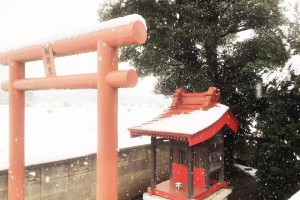

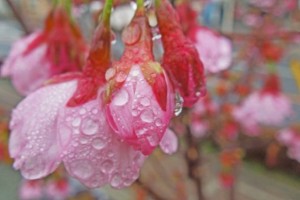


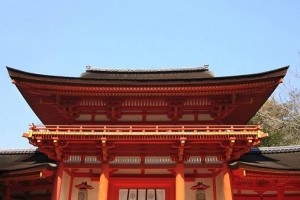
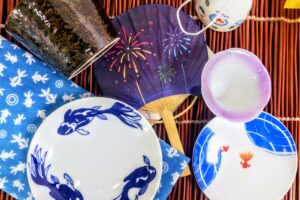

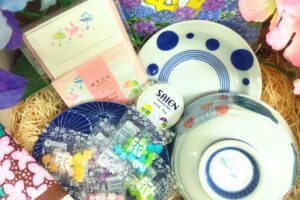

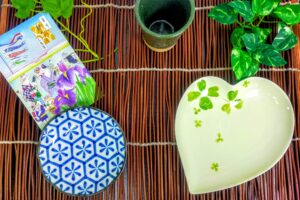
Recent Comments